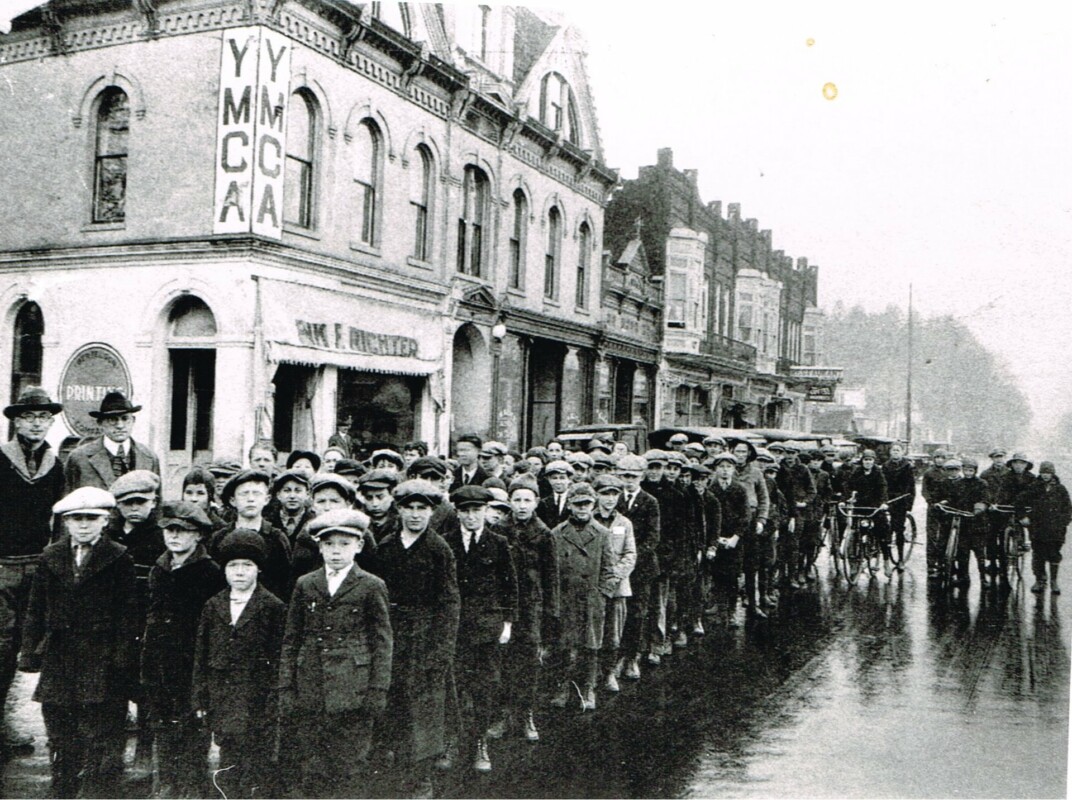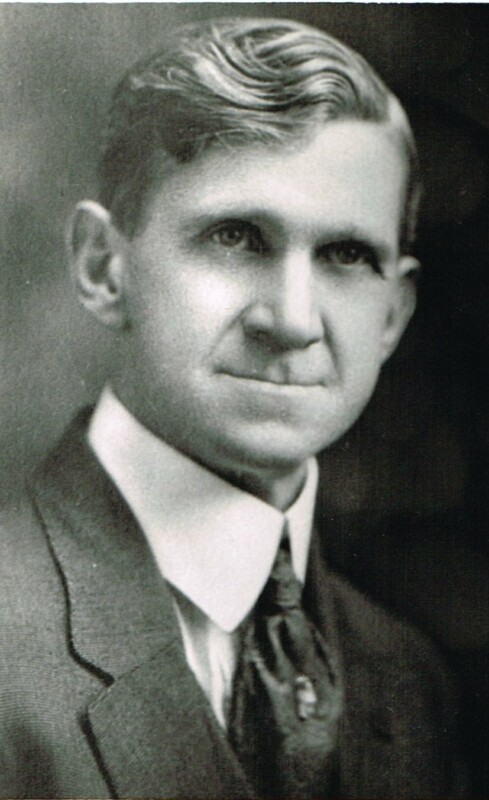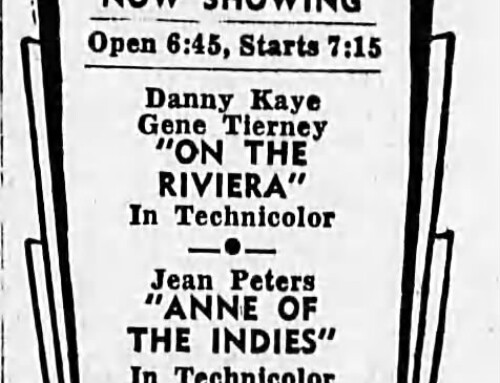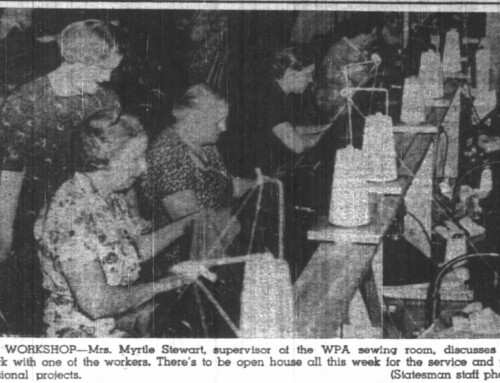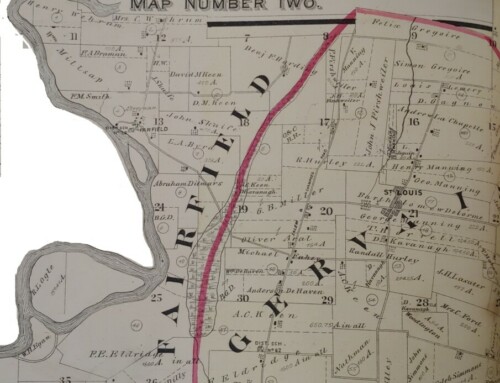This article was written by Al Jones for the November 1992 issue of Historic Marion, the Marion County Historical Society Newsletter Vol. 30, No. 6. It is shared here for reference purposes.
The Centennial Celebration of the Salem YMCA calls attention to a great number of interesting historical events and at least four dozen different community services that began with this organization and were later adopted by the city or other volunteer organizations.
It all started when the Salem YMCA was incorporated on March 18, 1892, about the same time some Willamette University students took part in the first basketball game played in the Northwest.
Salem’s first YMCA board included four men who were area leaders: President Herman S. Gile, who headed the Willamette Valley Prune Assn., Pheasant Fruit Juice Co., Phez Loganberry Juice Co., and H.S. Gile & Co.; and board members Frank N. Gilbert, banker and father of A.C. Gilbert, inventor of the Erector set; Wylie A. Moores; and J.A. Van Eaton.
That first basketball game was held on the third floor of the State Insurance Building (the same building pictured above). It occurred soon after James Naismith invented the sport in Springfield, Massachusetts, at a national YMCA conference attended by two Willamette University students who returned with much enthusiasm.
In that first game in Salem was Frank E. Brown, a first-year student in the Academy of Willamette University, which was then a three-year preparatory course before the four-year liberal arts university course.
Brown was later a Salem physician who graduated from Willamette University College of Medicine in 1900. He was on the Salem YMCA board for 40 years and died at age 88 in 1958.
One time Brown described the primitive rules they had back in 1892 for the basketball games they played in that small gym in downtown Salem. He said a team could have up to 10 players and dribbling and running with the ball were prohibited. However, a player could catch his own pass.
The referee started the game with the centers lying on the floor — arms extended and hands on the ball; they scrambled for it at the whistle.
A foul counted one point without shooting a free throw; two fouls would disqualify a player.
Players took turns climbing a ladder to get balls out of the peach baskets. The YMCA nationally directed basketball from 1892 until 1897.
|
||||||||||||||||||||||||||||||||||||||||||||||||||||||||||||||||||||||||||||||||||||||
|---|---|---|---|---|---|---|---|---|---|---|---|---|---|---|---|---|---|---|---|---|---|---|---|---|---|---|---|---|---|---|---|---|---|---|---|---|---|---|---|---|---|---|---|---|---|---|---|---|---|---|---|---|---|---|---|---|---|---|---|---|---|---|---|---|---|---|---|---|---|---|---|---|---|---|---|---|---|---|---|---|---|---|---|---|---|---|
|
||||||||||||||||
|---|---|---|---|---|---|---|---|---|---|---|---|---|---|---|---|---|



